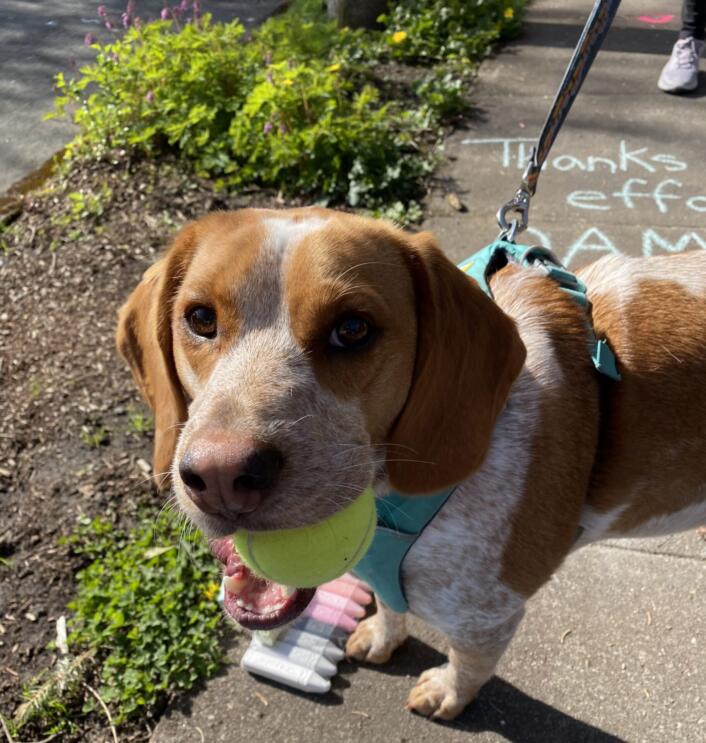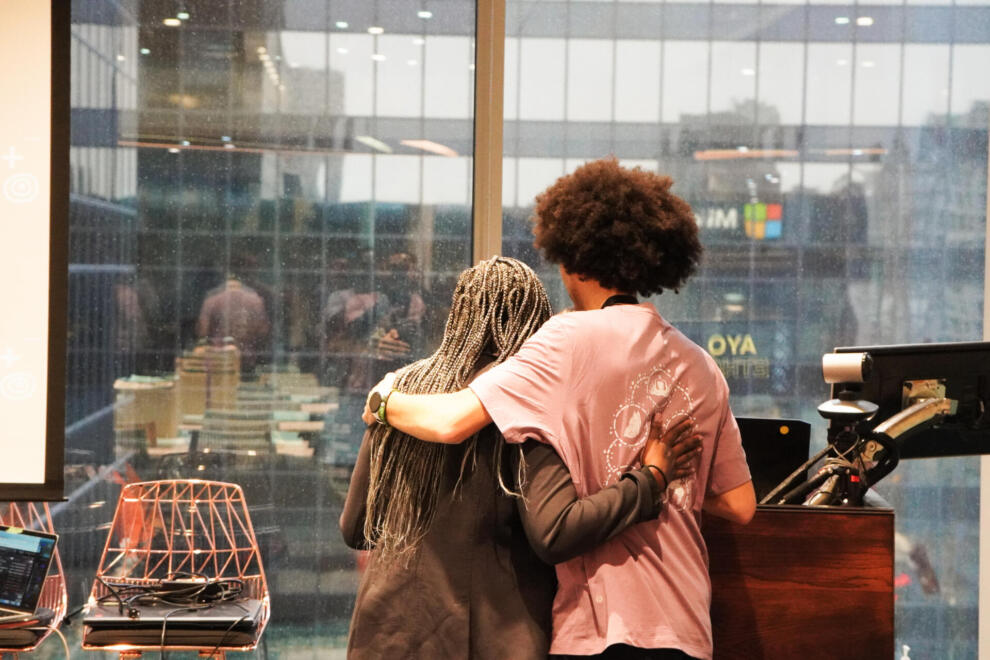Out of the Grey Space
How one Brain Injury Survivor is Reclaiming the Narrative Around Invisible Disabilities
By Natalie Wallington | Photography by Pia Massie
Dinner parties. To many, they are fun, effortless evenings; a chance to chill and unwind. But for Chaandani Khan, a dinner invitation catalyzes days of preparation.
The day before the dinner, Chaandani picks an outfit and lays it out. Then she takes a shower with the lights turned off, sometimes sitting on the shower floor beneath the spray to conserve energy.
On the day of the party, she does her makeup and styles her hair, hours before she needs to leave the house. She puts on her pre-chosen outfit and then rests, sitting in silence with her blinds drawn to block out any extra light. Finally, she travels to the restaurant early and requests a seat against the wall in the quietest corner available.
Then, the real work begins: staying focused on her friends and her meal amidst the overwhelming clinking of glasses, footsteps of waiters, chattering of diners, and bustling movements in the restaurant around her. The experience leaves her exhausted, often unable to drive her car or navigate to new places the following day.
Chaandani refers to these outings as “exposure therapy” — what some may consider a relaxed evening out on the town is, to her, a sensory buffet of light, sound, and movement that tests the limits of her still-recovering brain.
In 2019, Chandaani was involved in a car accident and sustained a severe concussion. Two years on, she still lives with the lasting effects of a traumatic brain injury.
She is not alone. In a 2018 study, medical researchers estimated that, every year, nearly 1,300 out of every 100,000 people in North America sustain a traumatic brain injury.
These injuries can cause a wide range of cognitive impairments. Survivors often experience brain fog and confusion, and may need reminders on how to perform everyday tasks. They can also experience light sensitivity that makes it impossible to leave the house on certain weather days, difficulty with motor functions like walking down stairs, severe headaches, memory loss, and even seizures.
Chaandani is on a mission to raise awareness about these often-invisible disabilities and empower her fellow “concussees” to speak openly about the hurdles they overcome to participate in a neurotypical society.
“For people who don’t actually know what my daily struggles are… I very much appear to be one way,” says Chaandani. In reality, her day to day life is “a collection of strategies.”
Two years after her injury, Chaandani’s recovery is still a full-time job. She navigates frequent appointments with doctors and physical therapists, sees a team of brain injury professionals, and handles all the ‘adulting’ tasks that many take for granted, from laundry and dishes to preparing meals and paying bills.
One of the strategies she employs is to break difficult errands into small steps, helping her brain to work through them more easily. Sticky notes adorn her apartment, reminding her of tasks like finding her shoes and putting them on before leaving the house. Walking up and down stairs, a common challenge for traumatic brain injury survivors, is a complex exercise that requires focus, balance, and concentration. She counts each step as she goes.



But Chaandani is far from helpless. A former marketing professional and extroverted community builder, she finds power in communication. To help others understand what it’s like to live with a brain injury,, she has coined and adopted a number of terms to describe her recovery experience.
During the early months of her recovery, Chaandani recalls that there was no guidebook available on how to navigate the impacts of her injury or find a community of people who can understand what she was going through. Concussions, despite being extremely common, are usually only discussed as they relate to sports. Even then, it is an uphill battle for brain injury survivors and medical professionals to be heard.
“People will be afraid to challenge authority,” writes Dr Bennet Omalu in the New York Post in response to an attack on his work exposing the effects of frequent traumatic brain injuries on American football players.
Seeing the lack of education around traumatic brain injuries made Chaandani decide to speak out about her experience: to give a voice to other survivors and to raise awareness among neurotypical people about the challenges people like her must navigate each day.
Already, she has shared her story on an episode of the Post Concussion Podcast, cultivated a growing online community of brain injury survivors, and leaned on her marketing skills to build a personal brand around invisible disability awareness. Chaandani’s mission to reach and educate the public is only beginning. “It really lit a fire in me,” she says of her experience. “I decided that I don’t want anybody else to suffer that way.”
:::
Since this article was published, Chaandani built a practice called Return To Life — dedicated to empowering Persistent Post-Concussive Symptoms (PPCS) survivors with the tools, insights, and support necessary to reclaim productivity and confidence. Rooted in Chaandani’s lived experience and evidence-informed frameworks, Return to Life helps high achievers navigate PPCS challenges and progress toward sustainable, independent recovery.






